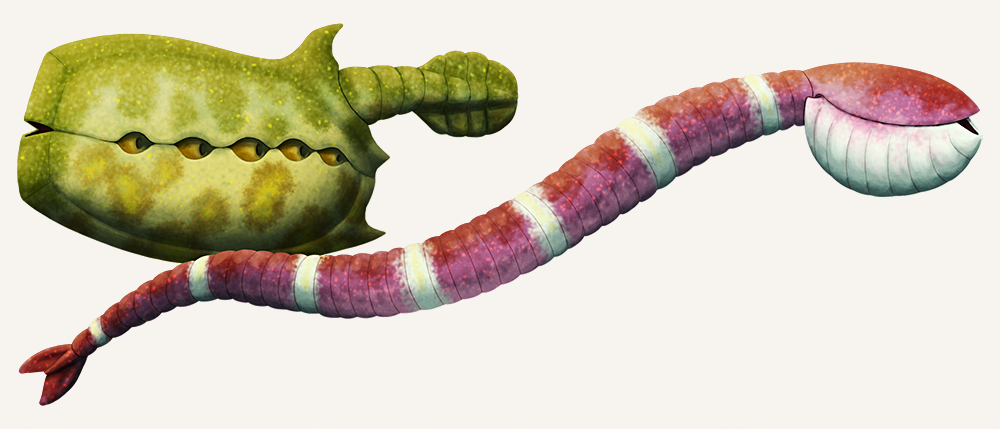Ectoprocts, common known as bryozoans or “moss animals”, are aquatic lophotrochozoans that usually live in colonies made up of many tiny cloned zooids. The exoskeletons they build for their colonies have a range of forms, including gelatinous blobs, chitinous branches, and calcified sheets and coral-like fronds.
They’re part of a sub-group of lophotrochozoans called lophophorates, closely related to brachiopods and horseshoe worms, and are characterized by having a ring or U-shaped “crown” of filter-feeding tentacles around their mouths.
Mineralized bryozoans have an extensive fossil record going back to the early Ordovician, about 481 million years ago, but they’re surprisingly absent from the Cambrian – with one possible exception.
Continue reading “Cambrian Explosion Month #27: Phylum Ectoprocta & Phylum Entoprocta”
